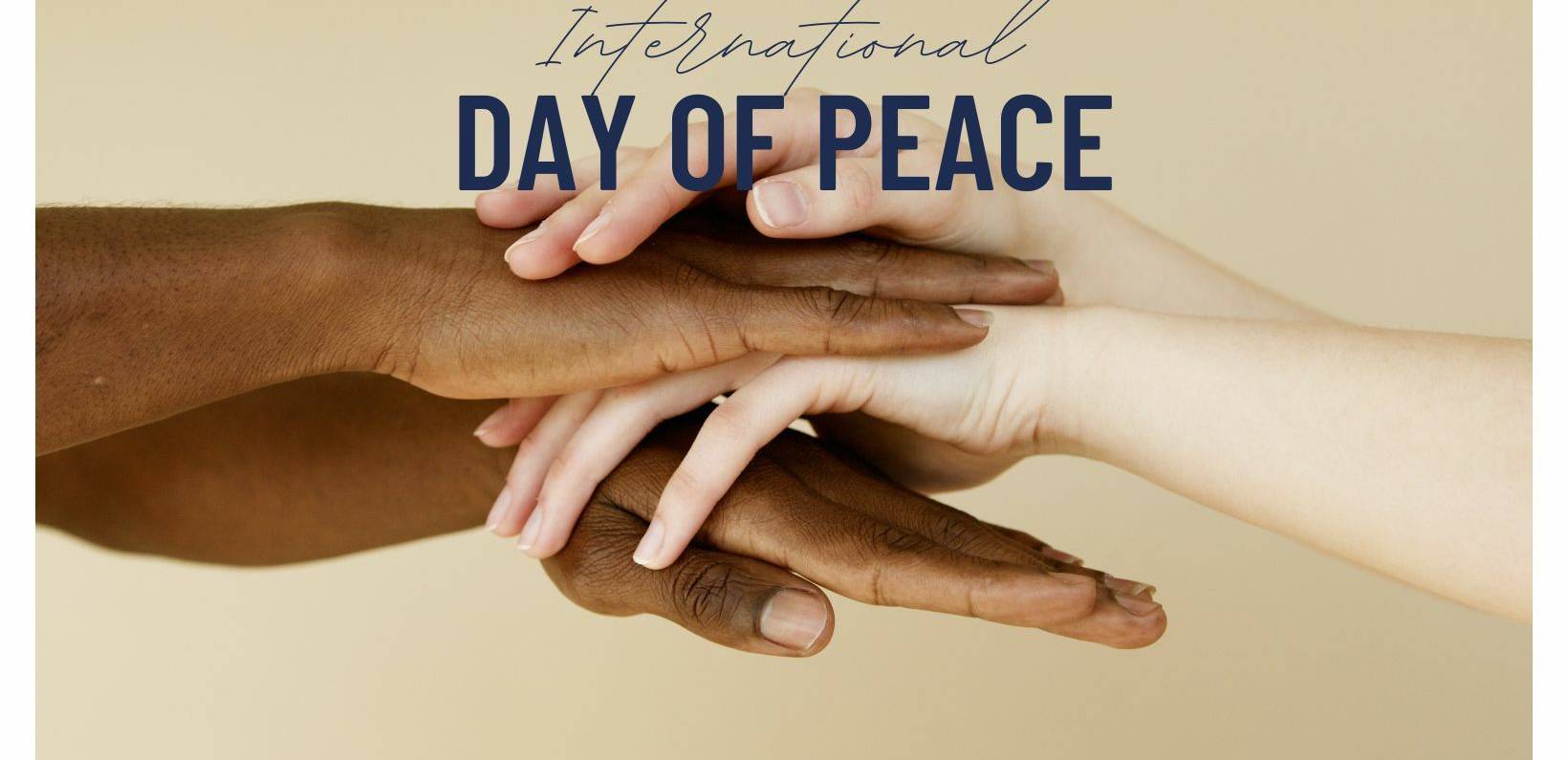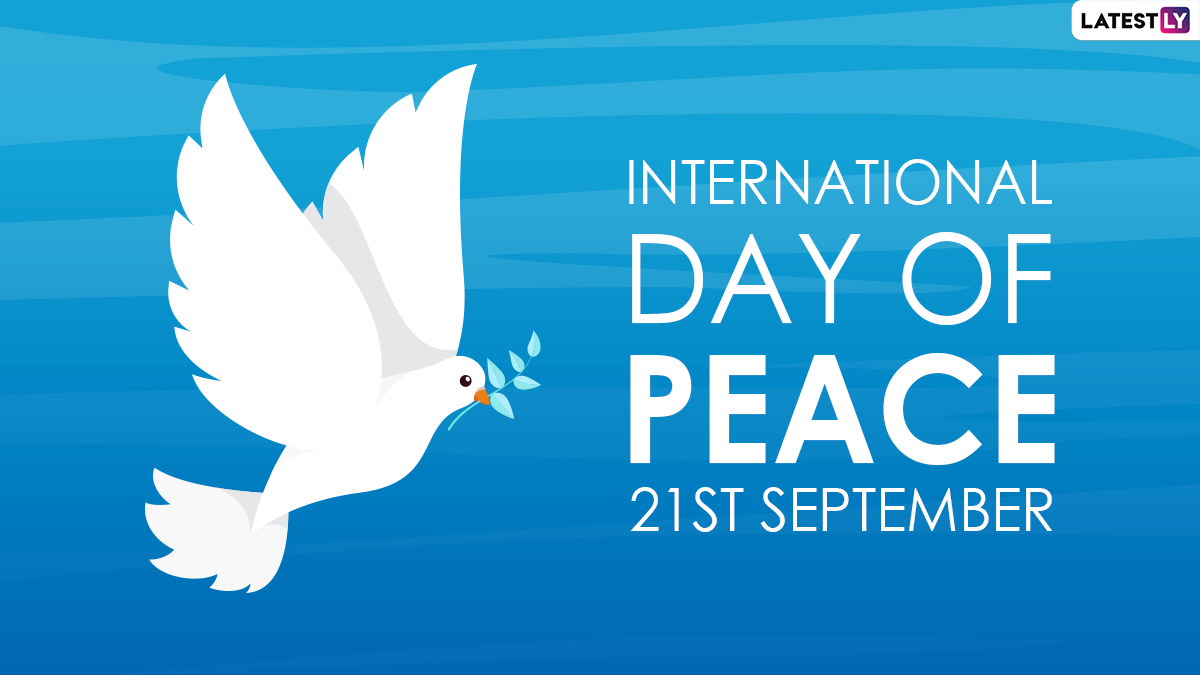The International Day of Peace, also known as World Peace Day, is observed every year on September 21. It was established by the United Nations General Assembly in 1981 and is dedicated to promoting global peace and fostering a culture of non-violence. Here is an in-depth look at the origins, significance, themes, activities, and impact of this observance.
Origins and Establishment
UN General Assembly Resolution: The International Day of Peace was established by UN General Assembly Resolution 36/67, passed in 1981. Initially, it was set to coincide with the opening session of the General Assembly in September. In 2001, the date was fixed to September 21 through Resolution 55/282.
Purpose: The day was created to provide a globally shared date for all humanity to commit to peace above all differences and to contribute to building a Culture of Peace.
Significance and Goals
Global Ceasefire and Non-Violence: One of the central goals is to achieve a 24-hour period of non-violence and ceasefire. This emphasizes the potential for temporary halts in hostilities to create lasting peace.
Promotion of Peaceful Ideals: The day aims to promote the ideals of peace both within countries and between them, encouraging efforts to address the root causes of conflict.
Awareness and Education: It serves to raise awareness about peace-related issues and to educate the public on the importance of peaceful coexistence.
Annual Themes.
Each year, the International Day of Peace focuses on a specific theme that highlights a particular aspect of peace. These themes help to bring attention to current global issues and encourage targeted action. Some recent themes include:
- 2019 – Climate Action for Peace: Highlighted the importance of combating climate change as a means to protect and promote peace worldwide.
- 2020 – Shaping Peace Together: Emphasized solidarity and cooperation in the face of the COVID-19 pandemic.
- 2021 – Recovering Better for an Equitable and Sustainable World: Focused on how we can recover from the pandemic in ways that promote equality and sustainability.
- 2022 – End Racism, Build Peace: Addressed the global issue of racism and its impact on peace and security.
- 2023 – Actions for Peace: Our Commitment to the #GlobalGoals: a summons that underscores our joint and individual duties to nurture peace
- 2024 – Artificial Intelligence and Peace: The remarkable advances made in the field of artificial intelligence are having a rapidly increasing impact on human activity, personal and social life, politics and the economy.
Activities and Observances
Educational Events: Schools, universities, and educational institutions hold seminars, workshops, and discussions on topics related to peace, conflict resolution, and non-violence.
Cultural Events: Music concerts, art exhibitions, and cultural performances are organized to celebrate peace and bring diverse communities together.
Peace Bell Ceremony: A key event is the ringing of the Peace Bell at the United Nations Headquarters in New York. The bell, which was cast from coins donated by children from around the world, symbolizes global unity and solidarity.
Moments of Silence: At noon, people around the world observe a moment of silence to honor the day and reflect on the importance of peace.
NGO and Community Initiatives: Non-governmental organizations and community groups often organize local events, including marches, vigils, and peacebuilding workshops.
Involvement of Various Sectors
Governments and International Bodies: Many governments and international organizations participate by promoting disarmament, conflict resolution, and peaceful coexistence through various initiatives and policies.
Non-Governmental Organizations (NGOs): NGOs play a crucial role in organizing events, raising awareness, and advocating for policies that support peace and non-violence.
Individuals and Community Groups: People at the grassroots level engage in activities that promote peace within their communities, fostering a culture of understanding and cooperation.
Impact and Importance
Raising Awareness: The International Day of Peace helps to shine a spotlight on ongoing conflicts and the need for sustained peace efforts, drawing the attention of the global community.
Influencing Policy: By highlighting the importance of peace, the day can influence policymakers and leaders to prioritize peace initiatives in their agendas.
Global Unity: The observance fosters a sense of global solidarity, as people from diverse backgrounds come together to advocate for peace.
Encouraging Action: It motivates individuals and organizations to take concrete actions towards achieving and maintaining peace.
Challenges and Future Directions
Persistent Conflicts: Despite the annual observance, many regions around the world continue to experience conflict and violence. Sustained efforts are needed to address the root causes of these conflicts.
Global Participation: Ensuring widespread participation and commitment to the ideals of peace remains a challenge, requiring ongoing advocacy and engagement at all levels of society.
Addressing Emerging Threats: As new challenges such as climate change, cyber threats, and global health crises emerge, the focus of peacebuilding efforts must adapt to address these issues effectively.
The International Day of Peace serves as a powerful reminder of the continuous need for efforts towards achieving and maintaining peace. It encourages individuals, communities, and nations to work collaboratively in overcoming challenges and building a more peaceful world.


